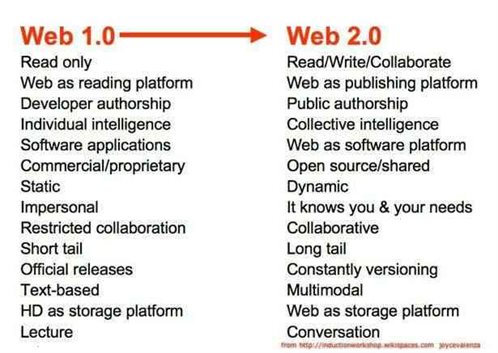Exploring Web 2.0: Second Generation Interactive Tools
The term Web 2.0 is used to describe a perceived second generation of web development and design. Web 2.0 focuses on dynamic web experience rather than the static HTML pages of the first generation.
The first generation of the Web was primarily focused on connecting people to information. This version enabled only one-way communication with websites making information available to people but, with no facility to interact, comment, and share their views.
The second-generation Web 2.0 was developed to facilitate communication between people by collaborating and sharing information on web-based communities, social media sites, and blogs.
Web 2.0 allows more than just the receiving of information; users can interact with these websites, commenting on information they find and building sites and resources to increase the knowledge available further. Social media and networking sites are a massive part of this web generation.
Some popular Web 2.0 sites include:
Facebook, YouTube, Campfire, Flickr, Slide, Blogger, Digg, Delicious, Stumble upon, Skype, Wikipedia, Feed Burner, Academy, and LinkedIn.
Web 2.0 has changed the way people used the Internet and opened up many avenues through which you can market your website online. It has transformed the ways ideas are communicated and shared, creating a digital revolution.
It is essential that you do not spam social sites; their users will turn on you, which will result in adverse publicity for your website.
Web 2.0 is still evolving with more rich and dynamic web apps that are created every day along with the vast integrated data and information available on the Web.







